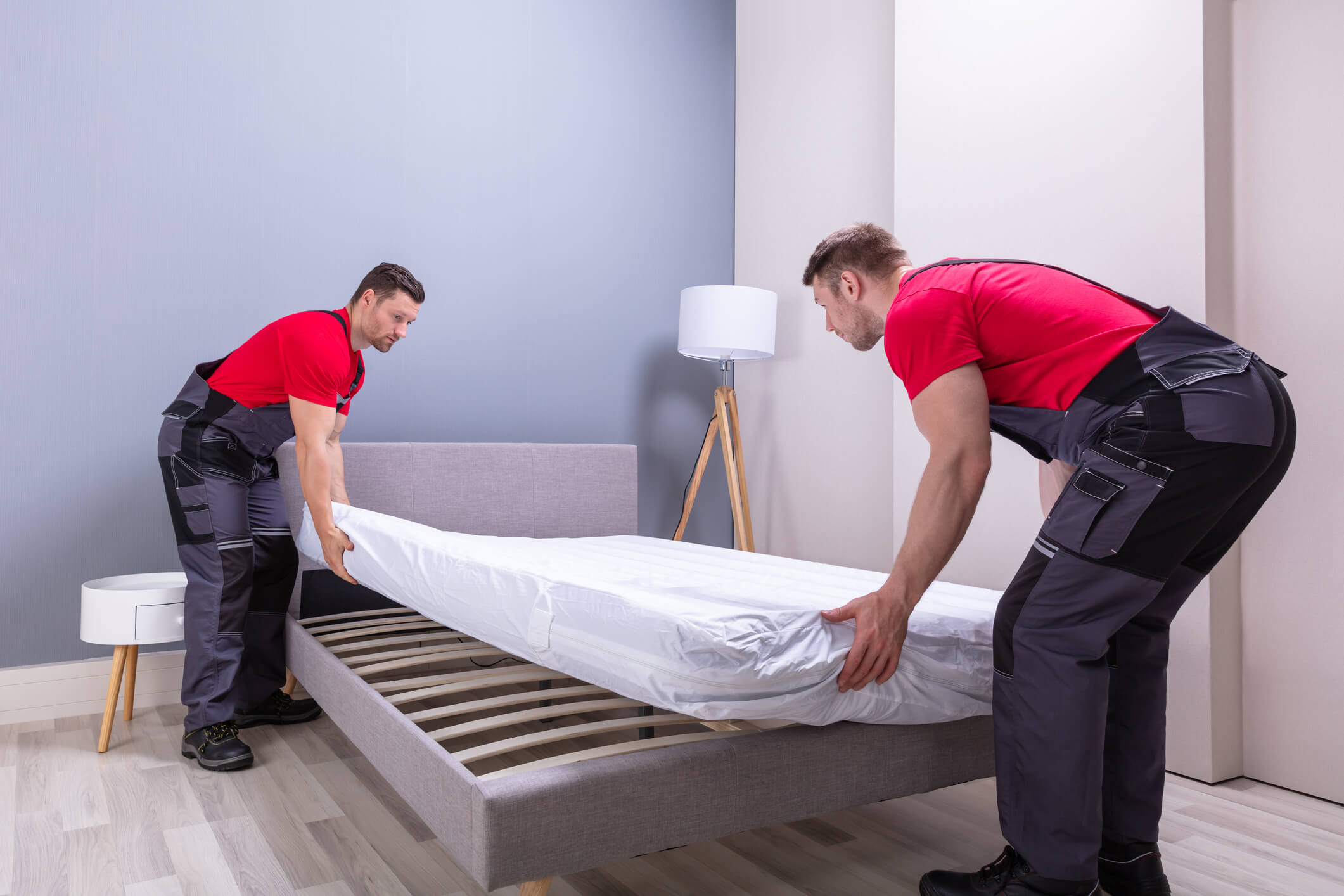So you love the charm of your small home but you are dying for some extra space. Short of selling your home or putting on an addition, what can you do to open up your home? There are several home improvements that maximize the space of your small house through color selection, opening up walls, or utilizing the space you have.
Choose Paint Wisely
Vibrant rich colors may make a room standout, but they will also make a small room feel smaller. If you are trying to make your small home feel and appear larger you should stick to neutral colors. White is an especially beneficial color because it reflects light and increases your sense of space. But don’t go for extreme bright white on every surface of your home. Instead use different shades of white throughout to create a cohesive home.
Stay away from accent walls. As a general rule, every time a color stops, that is where the eye stops. This means that the transition from a bright accent wall to a neutral wall obstructs the constant flow of the eye and in turn makes the size of your room more obvious. If you are trying to make a small room look large you want to create a constant stream of focus. Light colors aren’t just important for enlarging the width of a room. They are also beneficial to adding height to rooms. Dark paint colors contrast with light walls will make a ceiling feel lower. But a ceiling color lighter than your walls will add height to the room making your space feel larger. Just as important as incorporating neutral colors is creating a uniform flow from room to room. This will make your home feel larger because it will be observed as a whole, rather than distinct rooms.
Utilize Nooks and Crannies
Finding extra space in a small house requires a bit of imagination. For instance that area under the stairs isn’t just an empty space, it’s a storage area. And that corner between the bathroom and hallway isn’t just dead space, it’s the perfect area for a corner shelving unit. While some transformations may require more work than others, they will all add extra area to your home. Small transition corners are the perfect place to add additional storage which is often lacking in small homes. You can even utilize open high ceiling areas by adding in a loft area. This works best in bedrooms and stairwells, where overhead dead space can be used for storage.
Remove a Wall
Nothing opens up a house like removing an unnecessary wall. Areas that benefit the most from the removal of a wall are the kitchen, living room, or dining room because they will open up your entertaining area. But don’t grab your sledgehammer just yet. There are walls in your home that can be removed and those that need to remain in place to maintain the structural integrity of the house. Walls that can be removed, deemed non-loadbearing walls can be taken down but should only be done when you have been given the green light by a professional. Remember that most walls are not just for show. They may have electrical wiring running through them so take extra caution if you decide to remove a wall.
Upgrade your Lighting
You know that well-lit rooms feel larger than dreary poorly-lit rooms but your small house will only feel smaller if you add floor lamps to every corner of your rooms. You could add a bulky ceiling light to your rooms, but that might make your ceilings feel even lower, thus shrinking your rooms even further. So how can you light your small home without making it feel smaller? If you are interested in ceiling lights it is best to go with recessed lighting. Recessed lights do need to be placed correctly in order to give your rooms the best possible enlarging effect. Four-inch fixtures should be at least 4 feet apart and 6-inch fixtures about 6 feet apart. Also, lights should not be placed in one straight line as this will create too uniform of an effect. As always, before you jump into changing up your lighting, remember that switching to recessed lighting is not as easy as changing a light bulb. This is a job that should be done by a certified electrician.
Lighten your Floors
Dark floors make an elegant statement but they also shrink an already small room. If you want your rooms to look bigger you need to stick with light colored floors. If you are opting for wood floors, stick with white washed wood or light oak. Just like light colored walls, light stained woods will reflect light rather than absorb it. The direction of your flooring matters as well. Wood flooring should run parallel to the longest wall in the room. If you prefer tile flooring be sure to choose a color that is light or neutral. Also, keep your tiles on the larger size (at least 12 inches) to really open up a small room. Just as with your walls, you want to keep your floor uniform throughout the majority of your house to create a cohesive flow.
Small homes may not come with much extra square-footage but they do bring quite a bit of charm. If you love the quaint appeal of your home but just want a bit more breathing room try one of the home improvements mentioned above. Your small home will go from feeling cramped to open with just a bit of extra love and care.











